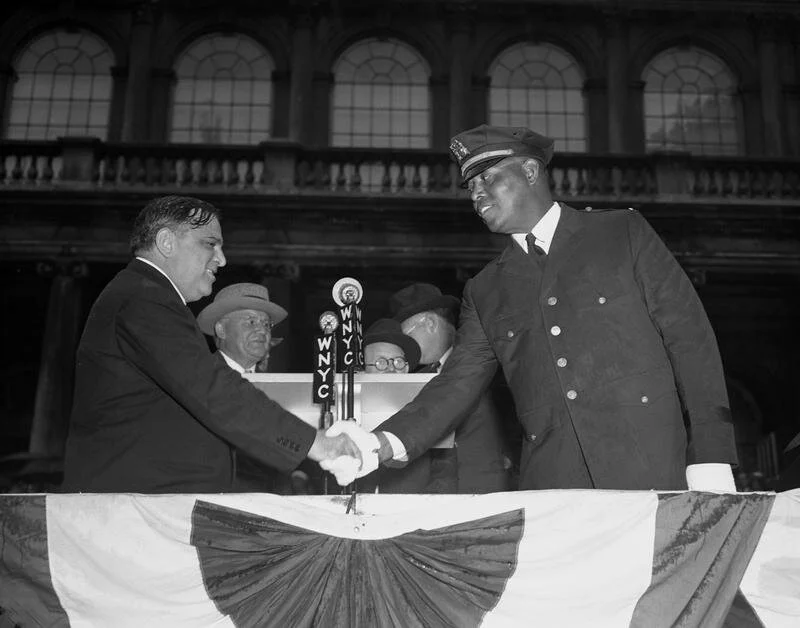Hiding in Plain Sight: Black Youth on Stage in 19th Century New York
By Anna Mae Duane
Judging by their absence from most histories of the early republican and antebellum eras, one might think that children, especially children of color, were largely hidden away from the public worlds of print and politics. This alleged historical invisibility would have come as a surprise for the young people attending the New York African Free Schools in the 1820s. Far from feeling hidden away from the public’s view, they spent much of their childhood on one form of stage or another. In the years which marked the growing popularity of minstrel performances appropriating Black culture in the service of white supremacy, students at the NYAFS were learning how to deploy performances that blurred the very racial categories they were being taught to inhabit.
Read More







